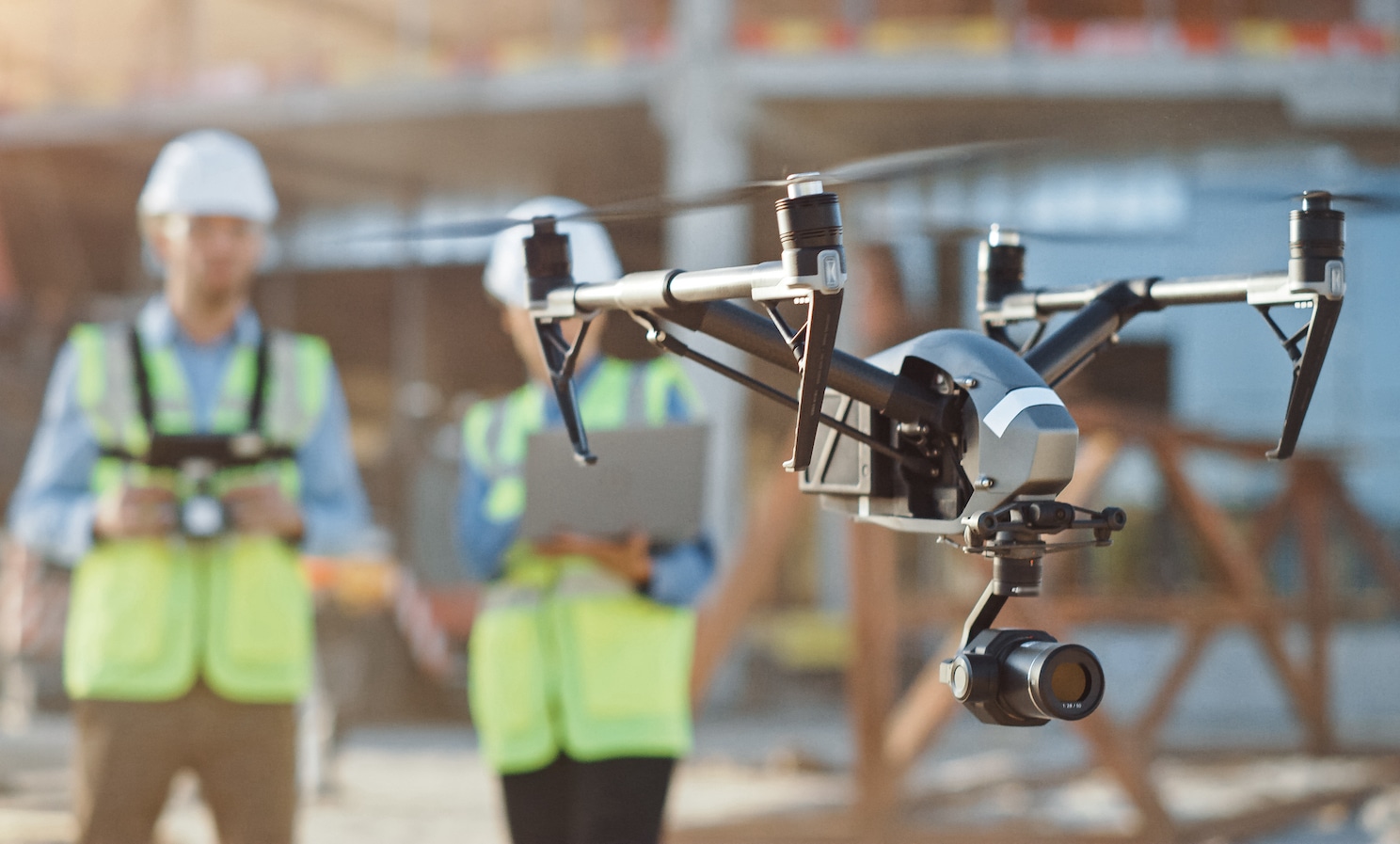The building envelope is the protective layer that creates the indoor environment by separating it from the outside world. It is central to ventilation, insulation, fenestration, and just like other essential parts of the structure, the building envelope is prone to unexpected damage as well as wear and tear over time that requires maintenance to avoid problems getting worse. However, more often than not, inspecting the building envelope for damage requires high-cost experts hanging from ropes or disruptive scaffolding being erected. Neither option encourages regular investigation, which leaves building envelopes susceptible to small problems becoming big issues for facility owners and managers. Until now.
Our buildings require a solution that allows them to conduct regular and detailed inspections of the outside of the structure, at low cost and with minimal disruption. They need the eyes of an expert on every meter of the building envelope but without the cost associated with dangling those experts from ropes or building them a scaffold structure. Ideally, facility owners and managers will be able to investigate any part of the building envelope at the touch of a button, so they can address issues and decide if more extensive maintenance is required. If only there was a new technology that could fly around the building allowing experts to inspect any corner at any time. Enter the drones.
The rise of drone technology has created the perfect solution for building envelope inspections. An experienced drone pilot can scan the exterior of a building in a fraction of the time required to inspect a building using traditional methods, allowing for more regular inspections and ad hoc investigations. The speed also reduces the cost, but the real money-saving comes from the ability to avoid putting highly skilled workers in dangerous situations, such as hanging from the side of tall buildings, especially in wet or windy weather. Safety issues also raise liability risks and complex insurance procedures, none of which are concerns with drone inspections.
Drones don’t just offer speed, cost, and safety benefits for buildings, they actually offer better inspections versus many traditional methods. The human expert on the ground has access to clear 4K resolution live-video footage but also thermal imaging and other forms of camera that can help identify issues that the human eye could never recognize. Furthermore, the maneuverability of drones means they can reach every corner, hover over one area for as long as is needed, or revisit previously inspected sections without the need to climb or redescend from the top. However, the greatest benefit to drones for building inspections is the data.
“By automating and digitizing visual inspection processes, we’re creating an accessible layer of information on structures and buildings in any city or corporate location. Organizations can track the physical condition of urban and remote facilities with a level of safety, efficiency, and accuracy not possible before,” said Taras Wankewycz, founder and CEO of H3 Dynamics. “Our end-to-end report generation is much lower cost, and because we’re using AI and high-definition and thermal cameras, it typically finds 20% more defects than human-centered methods.”

Unlike the visual memory of inspectors, drone inspection footage can be analyzed deeply. The process can be improved and streamlined by utilizing artificial intelligence (AI) to scan masses of video footage and draw attention to anything that human experts may want to investigate further.
The data also accumulates, allowing owners and managers to understand their buildings better through big data processes that can begin to predict issues more accurately and schedule maintenance more cost-effectively. Just like indoor sensors, drones can provide data that allows us to understand the building better, data that can bring the outside of a building into a much more comprehensive digital twin for unparalleled visibility of the whole structure.
“Accuracy really matters when billions of dollars of property and facilities are at risk,” said George Mathew, CEO of Kespry. “Manual inspections and first-generation drone flights are slow and inaccurate ways of attempting to understand the state of a roof and the risk that issues may have on organizations’ productivity. These earlier approaches leave surveyors, risk assessors, and roof inspectors guessing at the specific location of leaks, blocked drains, or damage to building infrastructure, all of which can have serious impacts on assets inside.”
The falling price and rising capability of drones make their use for building inspections all the more likely. Currently, drone-specialist inspection firms are emerging to provide regular visits to buildings, slashing the price of inspections, and improving the maintenance process. In the future, however, buildings may have their own fleet of drones positioned in charging stations within the façade itself, able to mobilize at any time. Each building’s fleet of drones could then be used for a wide variety of safety and security applications, as well as conducting some forms of maintenance themselves as new equipment are added to the device. That futuristic vision is now in sight for our buildings and their envelopes.



